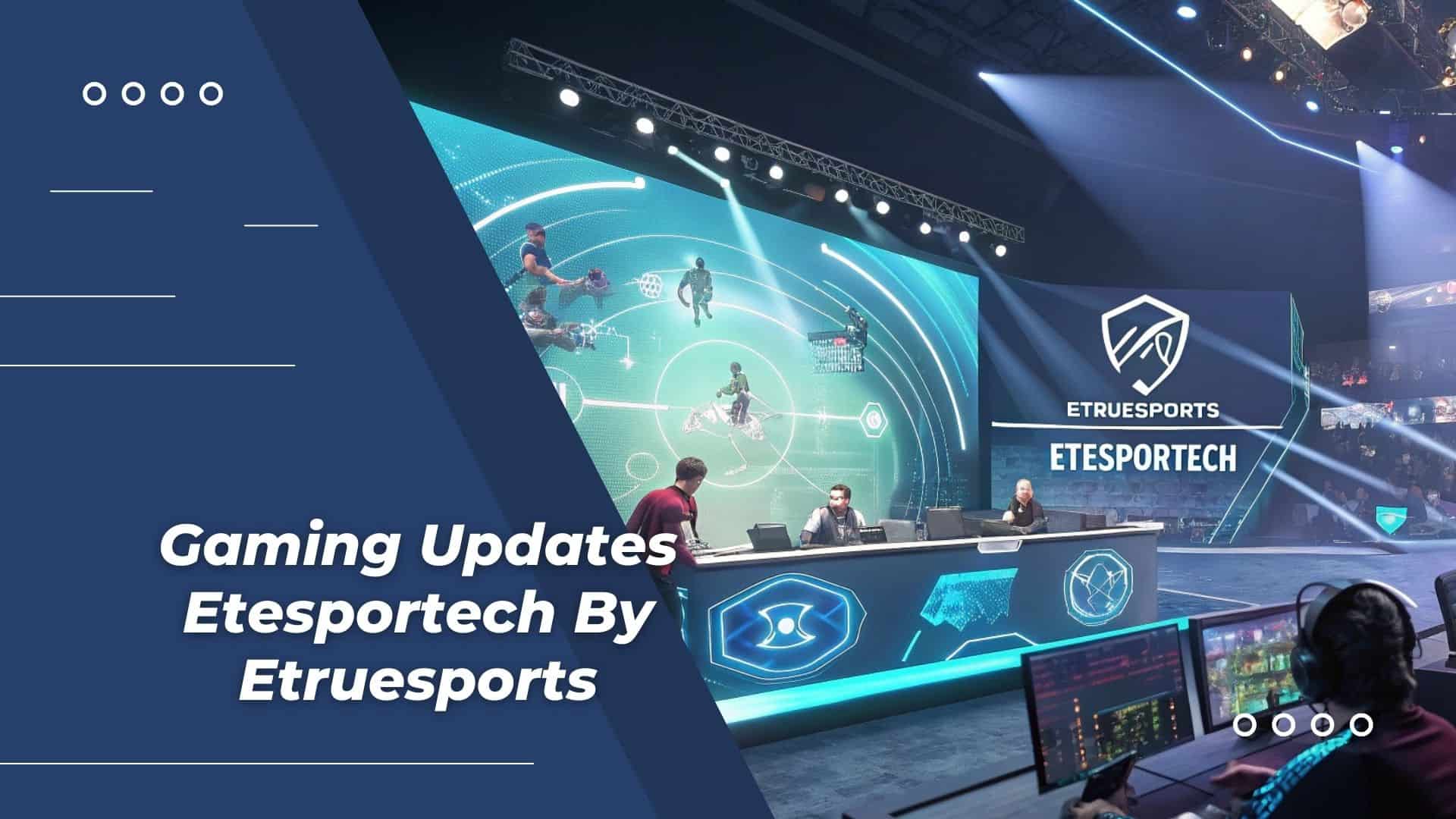In recent years, artificial intelligence (AI) has made significant strides in many fields, and one of the most fascinating developments is the ability to transform text into music. This innovative technology opens up new possibilities for musicians, content creators, and even casual users who want to experiment with generating unique compositions.
Text to music technology utilizes AI and machine learning algorithms to convert written words, phrases, or even entire paragraphs into musical compositions. In this article, we’ll explore how text-to-music works, its applications, and the tools available, including popular platforms like Adobe’s AI-driven solutions.
What is Text-to-Music Technology?
Text-to-music refers to the process of converting written text into a musical piece using AI. The process involves analyzing the structure, tone, and emotional cues of the text to create melodies, rhythms, and harmonies that align with the sentiment and meaning of the words. AI tools are trained on vast datasets of music theory, patterns, and styles, allowing them to generate compositions that are not only musically coherent but also emotionally resonant with the input text.
How Does It Work?
- Text Analysis: AI systems start by analyzing the input text, identifying key elements such as tone, mood, and theme. For example, a romantic poem might be turned into a soft, melodic piece, while an action-packed description could inspire a faster, more dramatic composition.
- Music Generation: The AI then uses algorithms to generate music based on the text’s emotional content. It considers various musical components, such as tempo, key signature, and instrumentation, to create a piece that matches the mood of the words.
- Refinement: Some systems allow users to tweak the generated music, adjusting factors like harmony, melody, and rhythm to better match their vision.
Key Applications of Text-to-Music Technology
- Content Creation for Media and Advertising: Text-to-music tools are invaluable for creating music for video games, advertisements, and films. With AI-generated compositions, creators can quickly develop music that fits the narrative of their project.
- Personalized Music Creation: This technology allows users to generate personalized music based on their own words or thoughts. This could be used for creating a custom soundtrack for personal events, such as weddings or birthdays.
- Music Therapy: AI-generated music can be used in therapeutic settings, where the composition is designed to reflect and enhance the emotional state of patients. For example, calming melodies can be produced based on the text input from someone experiencing stress.
- Educational Tools: Text-to-music technology can serve as a teaching aid for music students, helping them understand how emotions, tone, and words can influence the composition of a musical piece.
Popular Text-to-Music Tools and Platforms
- OpenAI’s MuseNet: One of the leading tools in the text-to-music space is OpenAI’s MuseNet. This deep learning model can generate music in a variety of styles and genres, with the ability to take textual descriptions as input and output musical compositions.
- AIVA (Artificial Intelligence Virtual Artist): AIVA is an AI-powered music composition software that can turn written text into music. The platform is commonly used for film scoring, game music, and commercial jingles.
- Amper Music: This AI music creation tool is designed to help users generate custom music tracks based on their text descriptions. It’s widely used in video production and content creation to quickly generate background music that complements the narrative.
- Adobe’s AI Solutions: Adobe, known for its creative suite of products, has also incorporated AI-driven tools to enhance the music creation process. Adobe’s Sensei AI can analyze text and generate musical compositions, providing users with options to customize the music based on tone, mood, and style. This can be especially useful for video editors and filmmakers who need tailored music for their projects.
- JukeBox by OpenAI: OpenAI has also developed JukeBox, a neural network that generates music in various genres, including text-based music creation. While JukeBox is still in the experimental phase, it demonstrates the potential for creating sophisticated compositions from textual prompts.
- Soundraw: Another notable platform, Soundraw, allows users to create music based on simple text inputs. It’s an intuitive tool for creators who need a quick music solution for their projects but don’t have the skills to compose music themselves.
The Future of Text-to-Music Technology
As AI continues to advance, the possibilities for text-to-music generation are virtually limitless. Future innovations may allow even more precise control over the emotional tone and complexity of AI-generated music. Additionally, as AI models continue to improve, the quality of music generated from text input is likely to become indistinguishable from music composed by humans, opening up new avenues for both amateur and professional musicians alike.
With major players like Adobe stepping into the field, we can expect further development of sophisticated tools that will make text-to-music technology more accessible and customizable. Whether it’s for personal projects, professional media, or therapeutic applications, AI’s ability to turn words into music is only just beginning to unfold.
Conclusion
Text-to-music technology represents an exciting frontier in both the music and AI industries. With platforms like Adobe, OpenAI, AIVA, and others leading the way, the ability to turn words into music is no longer just a dream — it’s a reality. Whether you’re a content creator, a music enthusiast, or just someone curious to explore new ways of expressing yourself, text-to-music tools offer endless creative possibilities. As the technology continues to evolve, we can expect even more innovative applications that will revolutionize the way we think about music creation and its relationship to language.




